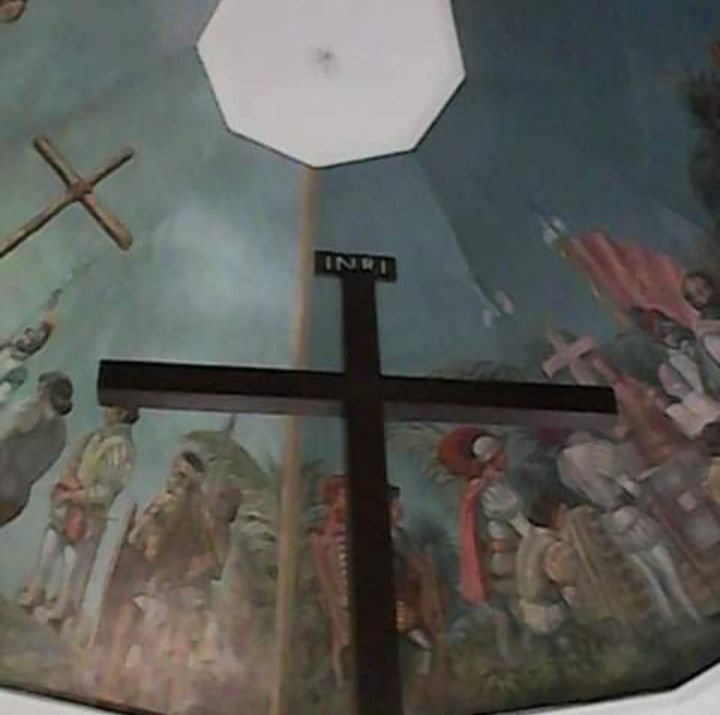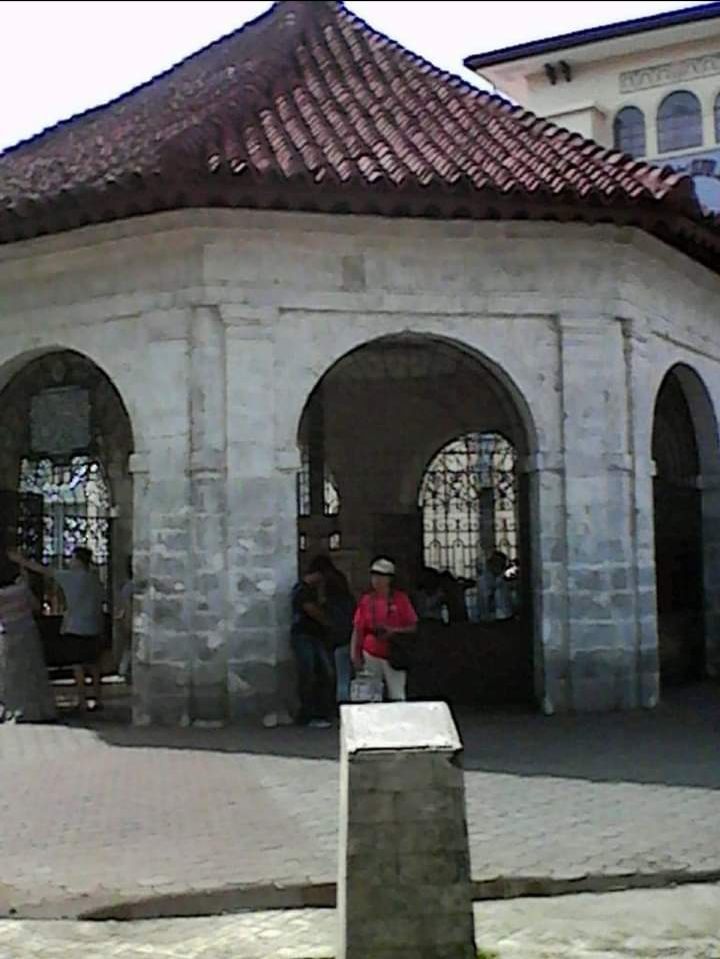
Magellan's Cross was a fascinating experience that took me back in time on my first visit. I was in amazement as soon as I walked into the stone church in Cebu City and saw the famous cross, which was covered in wood to keep it safe from the elements. The cross, which Ferdinand Magellan planted in 1521, represents a crucial period in Philippine history that saw the spread of Christianity throughout the archipelago. The brightly coloured candles and fresh flowers that pilgrims had placed around the cross added to the atmosphere of reverence. My journey to Magellan's Cross was made memorable and thought-provoking by this moment of reflection on the rich cultural and historical fabric of the Philippines.

Cebu City, Philippines, is home to the iconic Magellan's Cross. It is a wooden Christian cross covered with a coral stone structure that is hollow. The Magellan's Cross Shrine, a tiny church not far from the centre of Cebu City, is where the cross is kept.
Due to the fact that it is thought that Ferdinand Magellan, a Portuguese adventurer, planted this cross in the Philippines in 1521 after his arrival, it has considerable historical significance. The archipelago received Christianity for the first time as a result. The original cross, however, has been encased in the current building to keep it from deteriorating after centuries of abuse and attempts to destroy it.

A well-known tourist destination and a reminder of the colonial past of the Philippines is Magellan's Cross. The crucifix and chapel are visible to visitors, and the chapel also has a historical marker with information regarding its significance. It serves as evidence of the Philippines' continuing exposure to European exploration and religion.
Thank you for your support. May God Bless us all ❤️🙏.
Congratulations, your post has been curated by @dsc-r2cornell. You can use the tag #R2cornell. Also, find us on Discord
Felicitaciones, su publicación ha sido votada por @ dsc-r2cornell. Puedes usar el tag #R2cornell. También, nos puedes encontrar en Discord